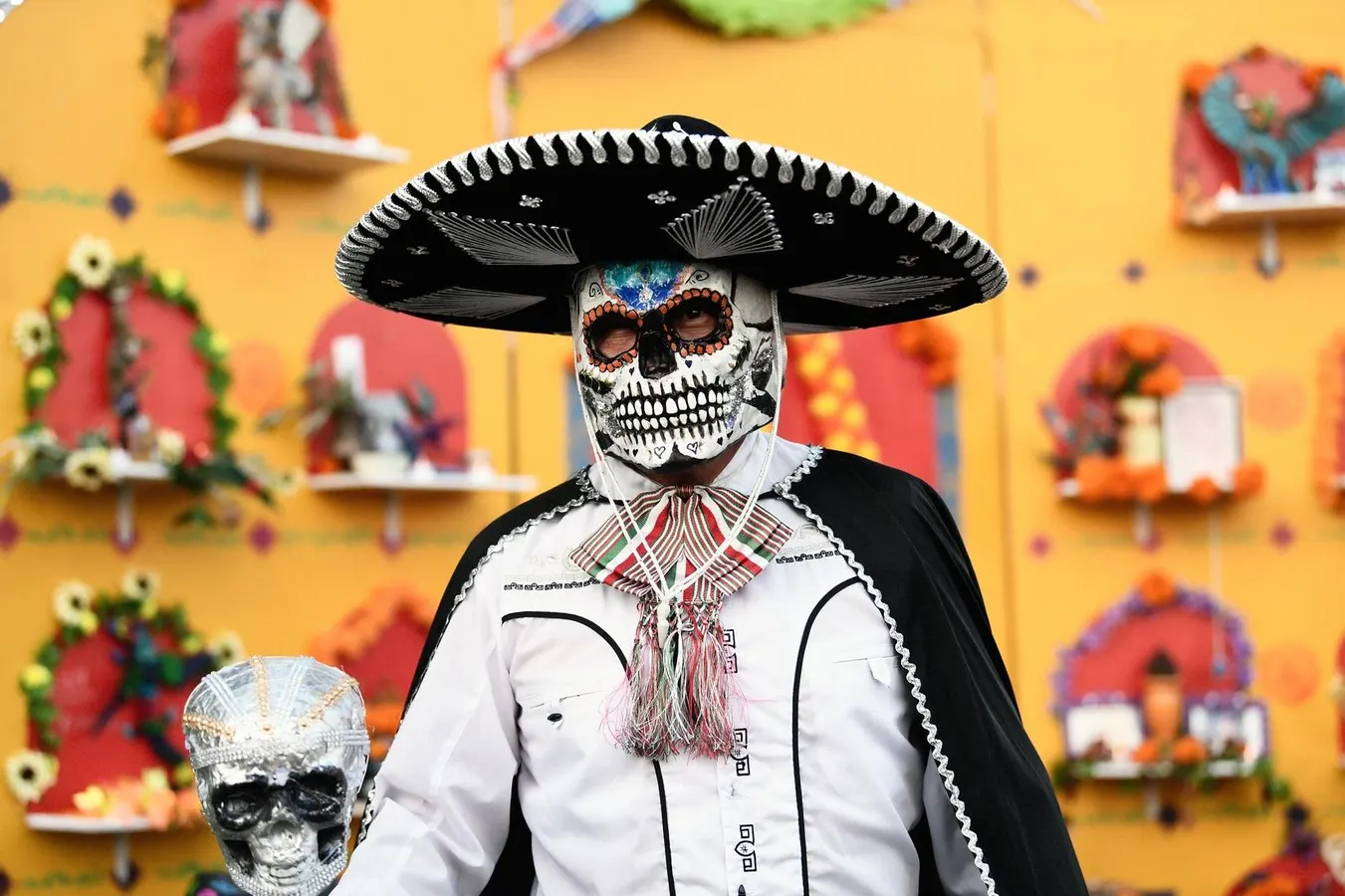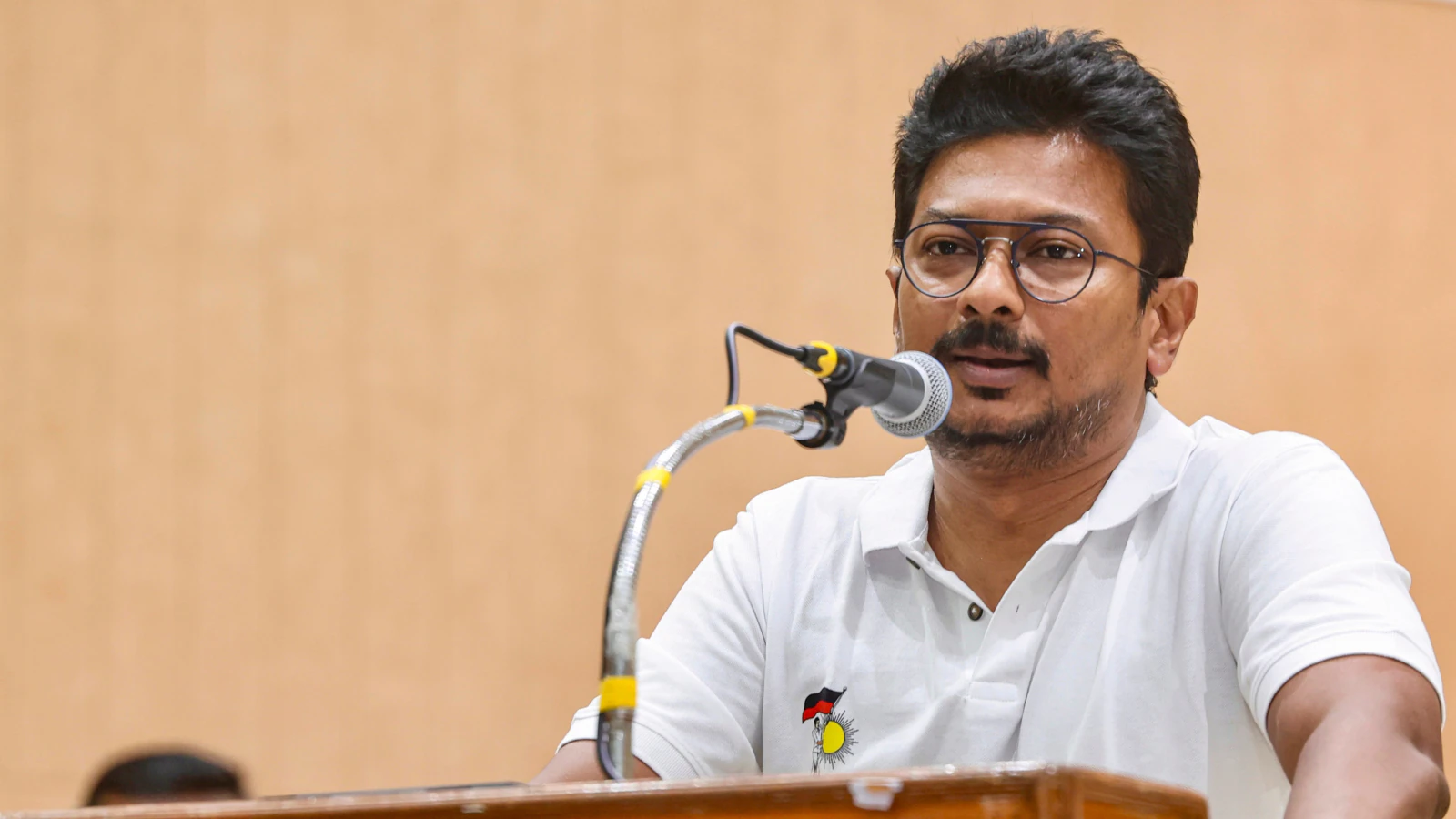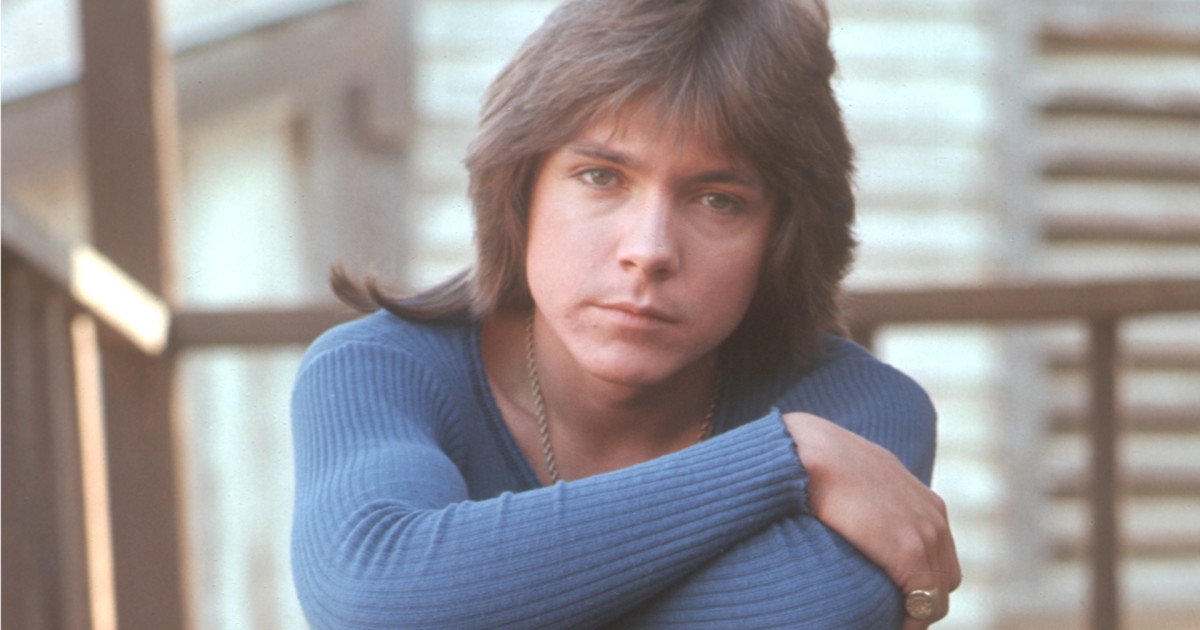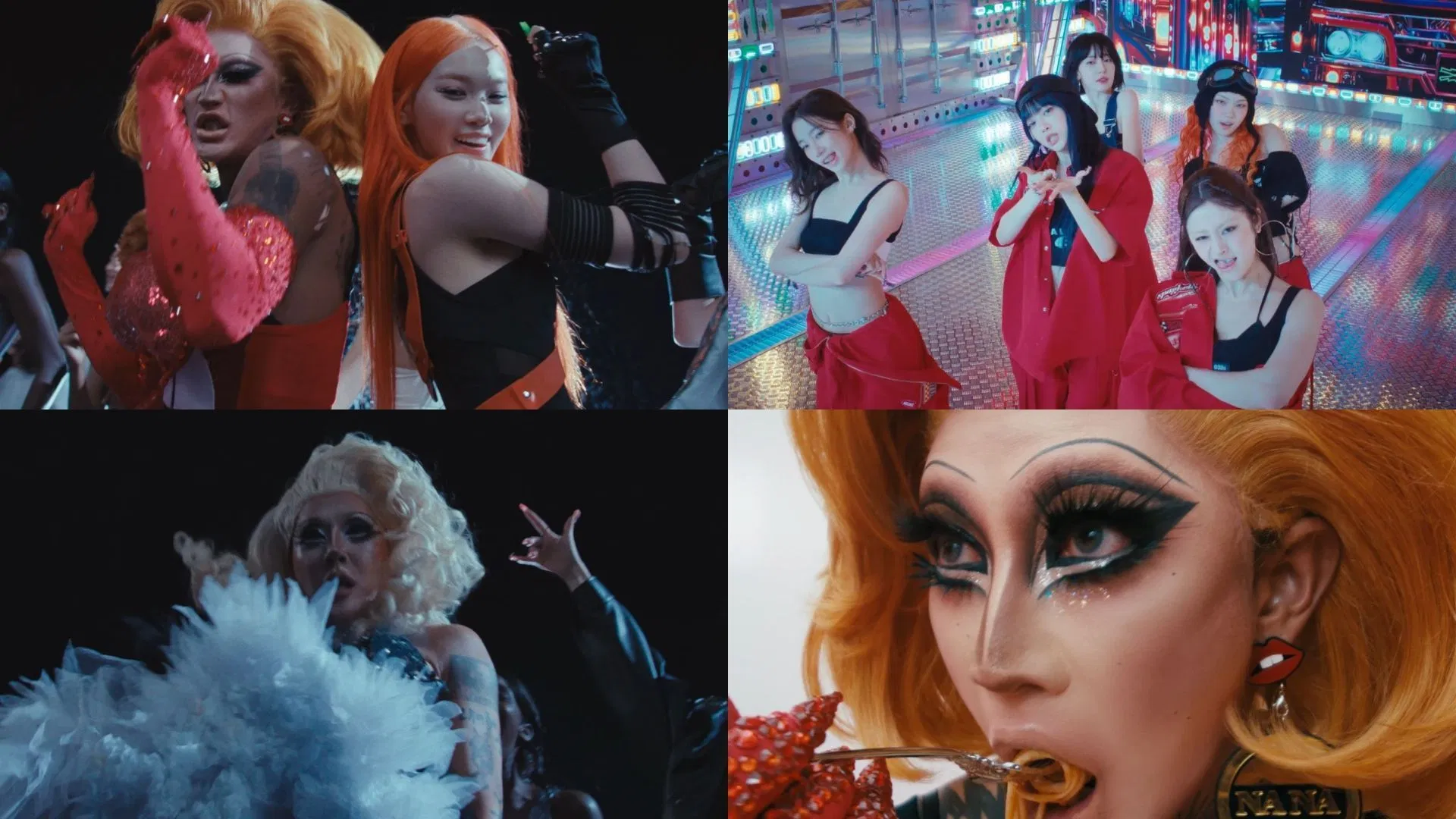Copyright forbes

An attendee in costume poses during the Hollywood Forever Día De Los Muertos celebration. Getty Images The celebration of death has become a staple in the U.S. For an event that revels in skulls and ghosts, Halloween leads the way, with consumer spending projected to reach $13.1 billion this year. Día de los Muertos (Day of the Dead) follows on the heels of that macabre holiday, and is celebrated on November 1 and 2. The Mexican tradition blends joy, celebration and love for friends and family who have passed away. The event is a blast of color, music and good times, woven with honorary gestures—the creation of family altars, called ofrendas, laden with food, flowers, candles and other offerings that remember loved ones. Marigolds are traditionally used; the flower’s pungent scent is believed to attract spirits who come to visit the living. Participants walk during the ceremonial procession at the Hollywood Forever Presents Dia de los Muertos. Getty Images The celebration originated roughly 3,000 years ago in pre-Columbian Mesoamerican rituals honoring the dead. The universe was viewed as cyclical, with death as an integral, ever-present part of life. In truth, nothing has changed. Today, Día de los Muertos has evolved into a cultural blend, shaped by Spanish conquistadors who invaded in the 16th century. The Spaniards brought Catholicism, forcing indigenous people to convert. Native Aztec tradition became fused with Catholic holidays such as All Souls Day and All Saints Day. The U.S. Hispanic Community Has Helped Fuel The Events Today, Día de los Muertos attracts people from a wide variety of cultures. The celebration has deep roots going back about 3,000 years. AFP via Getty Images “The Hispanic community has become such a vital part of everyday life here in the U.S., so it makes sense that our celebrations would start to grow and attract our non-Hispanic neighbors,” says Elisa Bender, organizer of the Hispanic Festival in St. Louis. “We believe the holiday deserves to be celebrated on the scale of Mardi Gras, St. Patrick’s Day, and Thanksgiving as a tradition for everyone to honor.” The Hispanic Festival celebrated Día de los Muertos on October 25, partnering with the city of Clayton. “It’s not always easy to find spaces that feel truly familiar—where the culture isn’t watered down or tucked behind a giant sombrero,” says St. Louis resident Nancy Celedon Ortega, who attended the event. “But the Día de los Muertos festival in The Loop? That was something special. The vibes were immaculate.” Other cities celebrated the event during the final weekend of October, including Chicago and San Antonio. Some of the nation’s largest events will occur on November 1 and 2: Food offerings are placed on a Dia de los Muertos altar to honor the dead. LatinContent via Getty Images Hollywood Forever, a 125-year-old cemetery known as the burial spot for Tinseltown legends, celebrates its 26th annual Día de los Muertos on November 1. The vibrant, multi-sensory event is highly participatory, with many attendees dressed as calacas (skeletons). About 30,000 attend the event each year. “This year’s commemoration will be in a more intimate, community-centered format,” according to the event’s website. Highlights include Aztec dancers, food and artisan vendors, dozens of altars created by artists, screenings of the movie Coco, and a drone show. New Orleans Combines The Tradition with Haitian Vodou Rites The New Orleans celebration is a twist on tradition: Fet Gede: Haitian Day Of The Dead, held on November 1. The event is staged by La Source Ancienne Ounfo, a Vodou society. The event combines Mexican tradition with the festival for the Gede, “a family of Haitian Vodou spirits who are the patrons of the dead,” according to the event website. A Vodou devotee in the role of a spirit known as a Gede is seen during ceremonies honoring the Haitian Vodou spirit of Baron Samdi and Gede. AFP via Getty Images The event includes altars created by artists; participants are welcome to bring photos and other mementos for a main altar. Other highlights include a market, an opening ceremony, and a “procession to feed the dead.” The New Orleans Healing Center, which hosts a food bank and other community services, organizes the event. New York City’s events are organized by Mano a Mano, which champions Mexican heritage in the city. Multiple events are held on November 1 and 2, including a celebration at St. Mark's Church-in-the-Bowery, a concert paired with a community altar at Lincoln Center, and a celebration with an altar at the Flatiron North Plaza. The New York City Department of Transportation unveils three sculptures in Times Square in celebration of Dia de los Muertos. Anadolu via Getty Images Nevada’s Life in Death Festival will be held November 1 and 2 at the Winchester Dondero Cultural Center, about five miles from the Las Vegas Strip. Mexican dance troupes will perform, and other events include poetry readings, a craft market, altars, food vendors and an art exhibit. New Mexico’s Theme: ‘Free Our People Now!’ New Mexico’s Muertos y Marigolds includes a celebration followed by a procession held at Albuquerque’s Westside Community Center on November 2. Community art workshops are held every Saturday leading up to the event. Ray Griego (L), 14, and Emiliano Martinez (C), 13, ride on a float in the 10th annual Day of the Dead Parade in Albuquerque, New Mexico. Getty Images The 33rd annual event includes an art contest. This year’s theme is “Papalotl Encadenada: Free Our People Now!” In connection with the theme, the event website notes a common phrase favored by the Latino community: “We didn’t cross the border; the border crossed us!” The phrase “empowers us as we bear witness to the intentional destruction of our communities and separation of our families in the name of fascism and white supremacy,” the website states. San Diego’s 15th annual Día de los Muertos celebration is a weekend of music, food and culture held on November 1 and 2. Old Town San Diego State Historic Park hosts the event, which includes live music, local bands, face painting, markets, art, street performances and altars. Editorial StandardsReprints & Permissions



